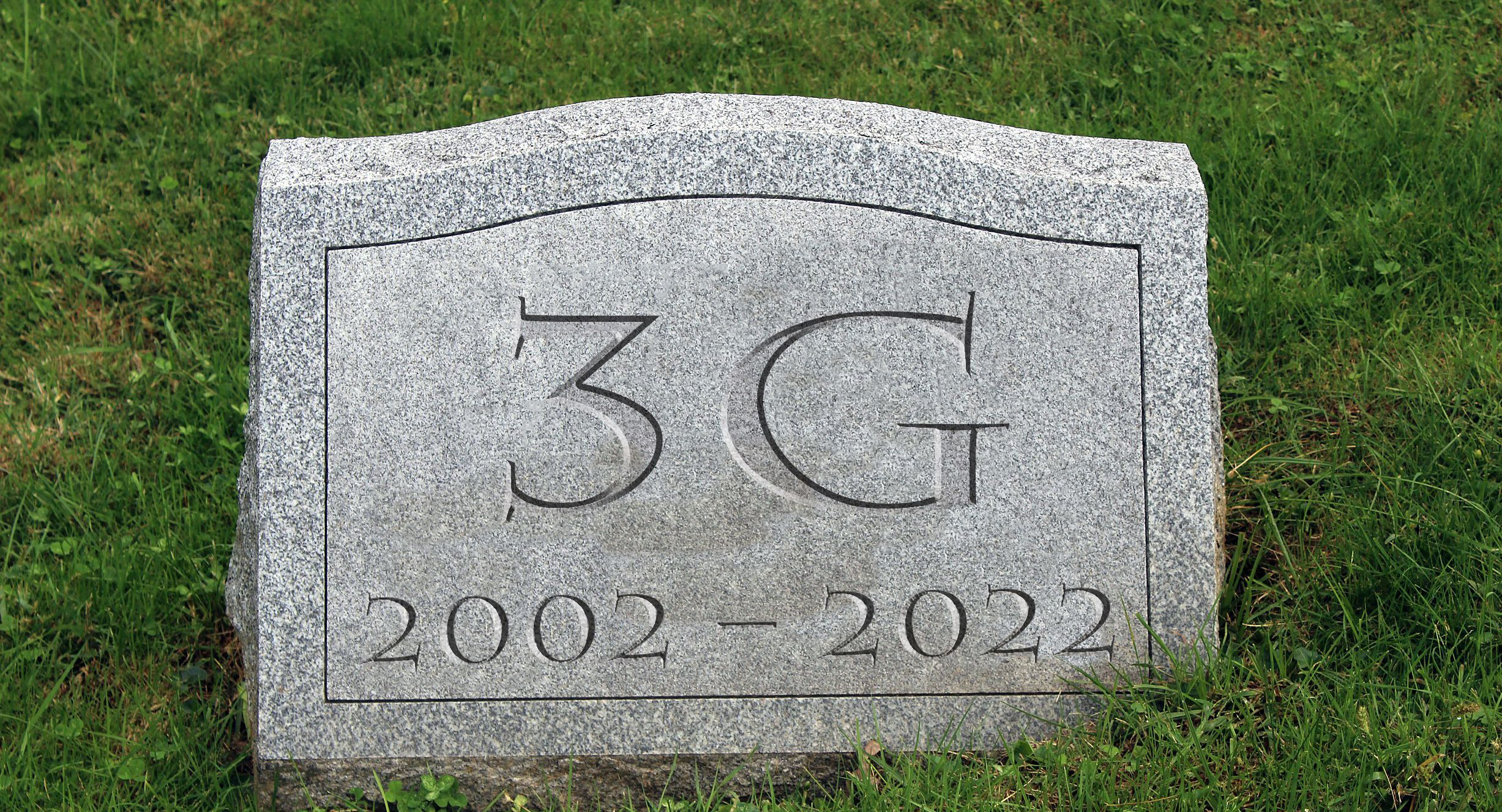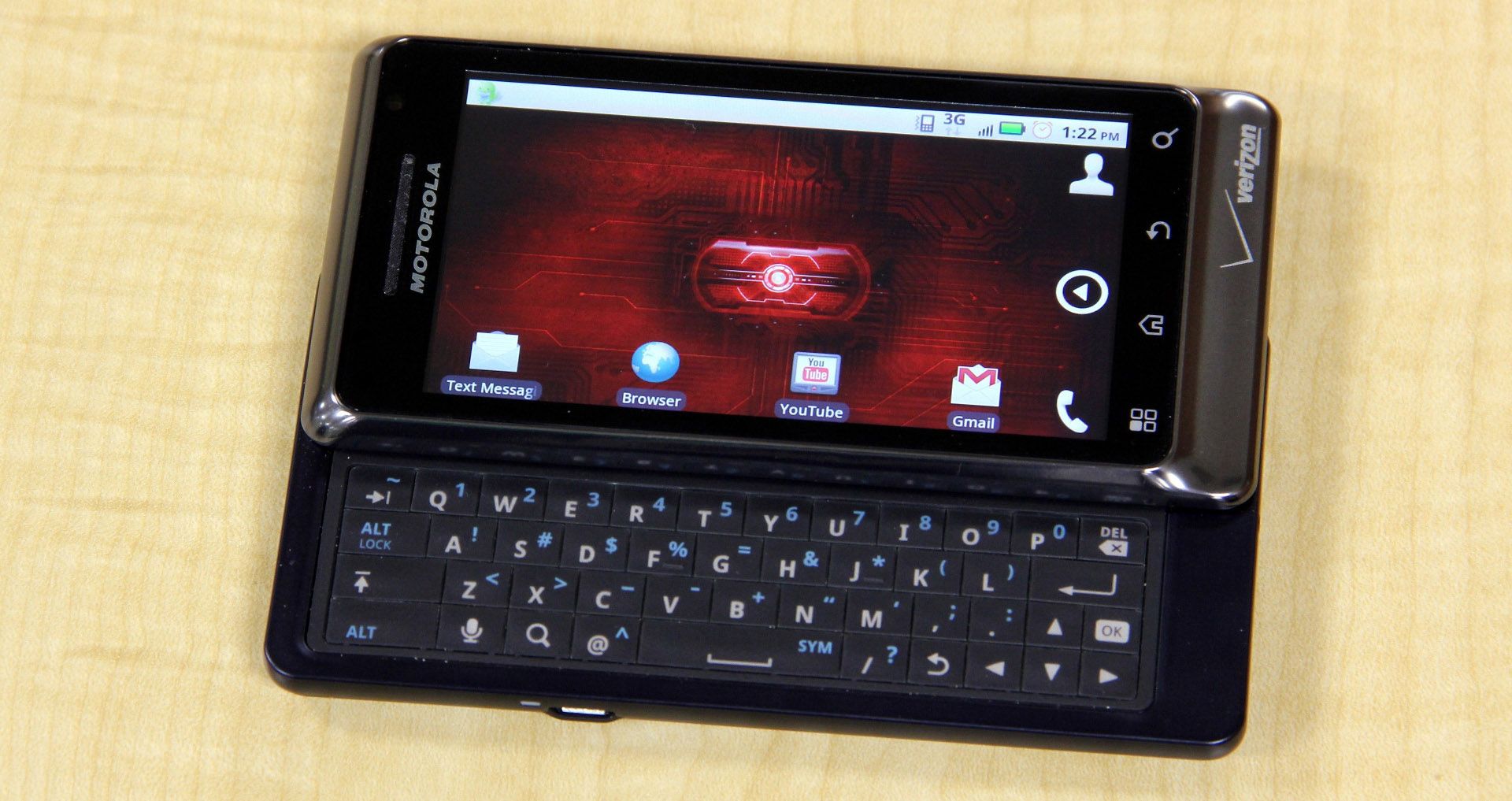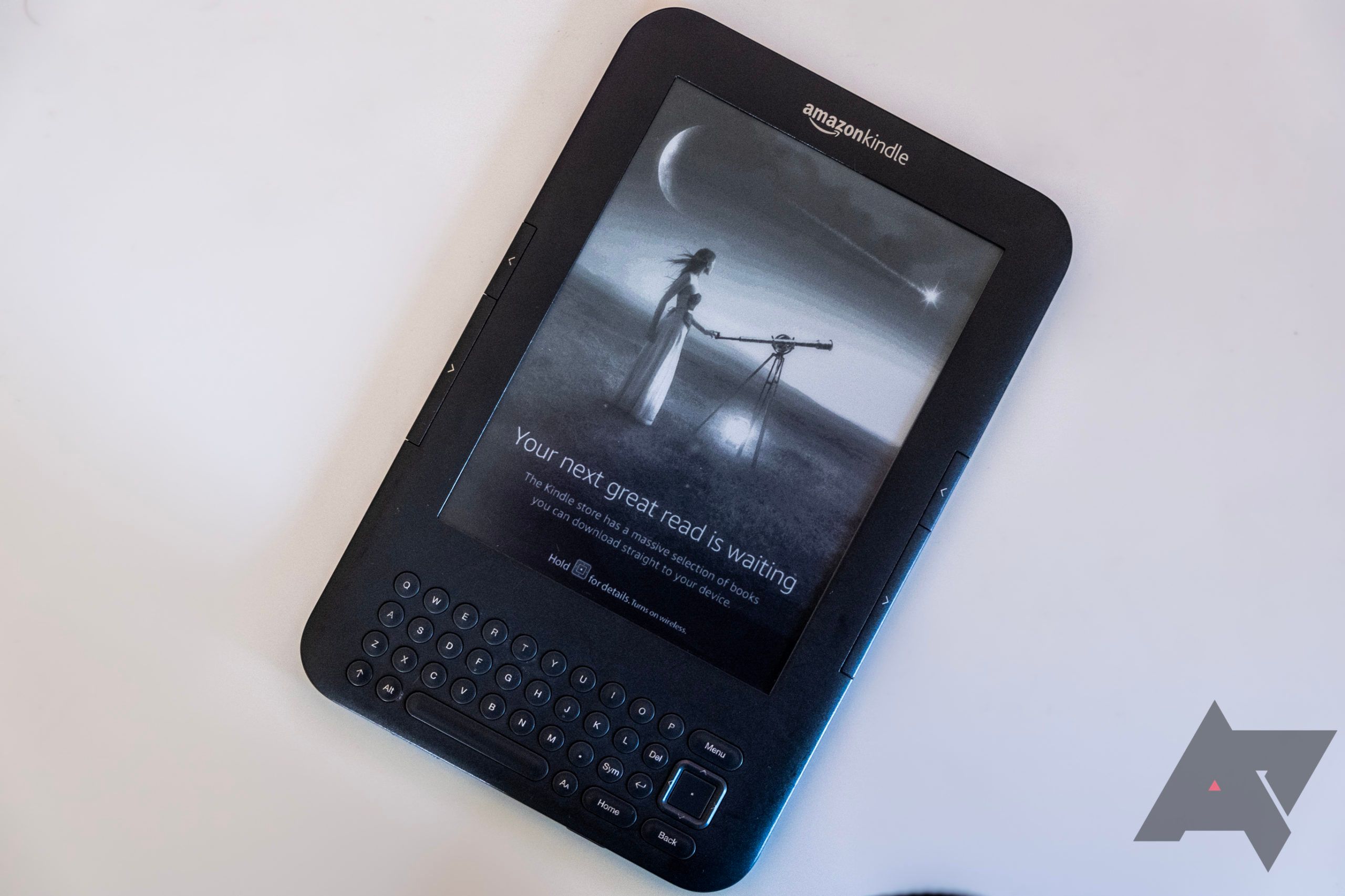Few wireless standards have changed how we interact with the world more than 3G. Although now it’s viewed as either an unfortunate necessity of poor service coverage or merely an antiquated relic from a time gone by, it brought people together in previously unimaginable ways in its heyday. But now, 20 years after it was launched, 3G is being retired, and if your carrier hasn’t already phased it out, it’s only a matter of time.
A little history and why this is happening
The US got its first taste of 3G in 2002 in Duluth, Minnesota, of all places. It was a data-only service and wasn’t available on cell phones, only on modem cards (remember those!). The company went out of business two years later, and even though big names like Verizon had begun offering services in 3G, adoption of the new standard floundered, and some industry analysts wondered if mobile broadband was even something consumers wanted.
Things changed in 2007 with the launch of the iPhone. The massive popularity of the first iPhone showed that consumers wanted an always-connected device. The following year Apple released the iPhone 3G and subsequently sold over one million phones in three days. That same year the first Android phone was released with 3G connectivity. It’s no understatement to say that 3G made possible the era of the smartphone.
Early smartphones owe their success to 3G — or 3G owes its success to the smartphone.
So if 3G is so great, why is it being phased out? It’s all about the spectrum. Cell phones work by sending and receiving radio signals. There are only a limited number of radio frequencies available and even fewer "good" ones when you consider requirements like range, penetration, and transmit power limits. On top of that, broadcast and cell phone networks have to share space with other service providers like radio and TV stations. That leaves very little spectrum available for newer cellular services like 4G and 5G. By eliminating their older, slower 3G services (many of which sit on prime low-band frequencies), US carriers can use some of that 3G spectrum for other, better things like making their newer 5G services more robust.
So, will you be affected? Yes and no. Most new phones will work without 3G just fine, and the majority of our readers should never even notice that something has changed even if they lose access to 3G. But some older hardware can't make the trip.
Who is affected?
The sectors that can anticipate the most headaches with this transition are industry and businesses that heavily rely on legacy IoT devices. Some older cars that use OnStar, courtesy of an AT&T 3G connection, will have issues — owners can check to see if their vehicles are affected. Other specialized hardware with 3G modems like Amazon's earlier Kindles will also be affected by the shutdown, and since many of them lack Wi-Fi, that can be a pretty big issue.
Some older Kindle's lost access to 3G "Whispernet" data, powered by AT&T 3G.
As for mobile phone-owning customers, if you’re going to be affected, you’ve probably already been contacted by your carrier to secure a replacement device. Many of them are handing out updated models for free. But if there’s any confusion, devices that rely exclusively on 3G will lose their service this year, and you can research your phone's specifications to be sure. Additionally, if your phone supports LTE data but isn't approved to use VoLTE on your carrier, it may lose its service. This doesn't apply to data-only devices that lack voice capabilities. You can check to see if your device is VoLTE compatible in the Settings app or at your carrier's site, often through an IMEI check for network compatibility:
Unfortunately, there is no comprehensive list for either VoLTE compatibility or 3G-connected devices, so if you’re unsure about your status, reach out to your carrier.
When will I be affected?
Now that you know if your device is or isn't going to be impacted by the 3G shutdown, the second question to ask yourself is: When do you need to do something about it? That varies from carrier to carrier.
AT&T
If you’re on the AT&T network, this is all old news to you. Its network was shut down back in February 2022, but the transition hasn’t been smooth for everybody. Some businesses that provide home alarm systems relied on AT&T’s 3G network as a backup system to reach emergency personnel, and they’ve been left scrambling to tie up loose ends. Some OnStar customers have also been affected by this shut down as well.
There are a smattering of reports that parts of AT&T's 3G network may still be operational in certain markets, but don't rely on that to persist.
T-Mobile (and Sprint)
Mark your calendars: T-Mobile scheduled the death of its UMTS 3G network for July 1, 2022. But that's not the only 3G network T-Mobile has.
T-Mobile’s CDMA network (which it bought in the Sprint deal) was shut off in May 2022, although the original plan was to kill the service by January. By all accounts, the shutdown happened as expected. There's even a recording of live spectrum analysis showing precisely when it was shut down in LA, with a spike in the spectrum falling slowly over a few minutes into the background.
And while It's not 3G, the Sprint LTE network will also be retired on June 30, 2022.
Verizon
Verizon is in the process of shutting down its older 3G networks, but the process won’t be complete until December 31, 2022. As Verizon diverts resources away from 3G throughout the year, it says its customers that rely on 3G should expect a worsening or complete loss of service, though this should reportedly impact less than 1 percent of customers.
Don't get caught with a dumb phone
If you are in the market for a new phone, we know a few that you might like. If you’re with T-Mobile and you’re looking for a budget phone, take a look at the OnePlus N20 5G for less than $300. If you’re willing to spend a little bit more, the Pixel 5a has a lot going for it at $450. But, if you’re tired of hanging on to old tech, squeezing every drop of life out of it, consider going for a top-of-the-line phone like the $1,200 Samsung Galaxy S22 Ultra.



